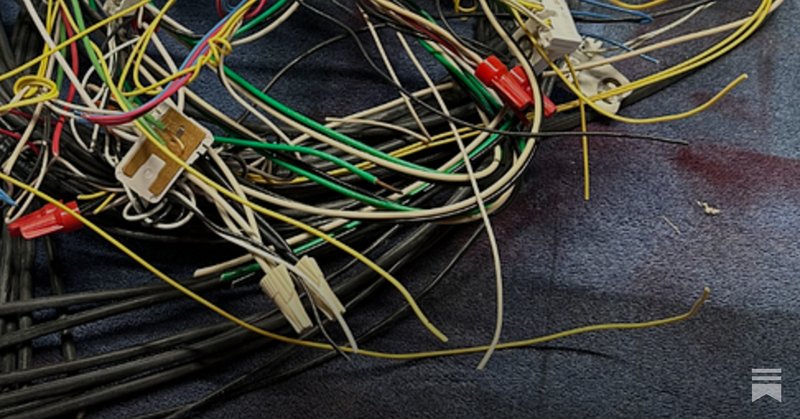
Florentin Guth
@FlorentinGuth
Followers
502
Following
174
Media
13
Statuses
96
Postdoc at @NYUDataScience and @FlatironCCN. Wants to understand why deep learning works.
New York
Joined March 2014
RT @fedichev: As you know I'm obsessed with power laws in biology, which is a biological consequence of fundamental principles, like energy….
0
129
0
RT @unireps: 🔥 Mark your calendars for the next session of the @ELLISforEurope x UniReps Speaker Series! . 🗓️ When: 31th July – 16:00 CEST….
0
8
0
RT @rdMorel: For evolving unknown PDEs, ML models are trained on next-state prediction. But do they actually learn the time dynamics: the "….
0
50
0
RT @unireps: 🎥 The recording of the third ELLISxUniReps Speaker Series session with @victorveitch and @luigigres .is now available at: http….
0
11
0
RT @beenwrekt: The NeurIPS paper checklist corroborates the bureaucratic theory of statistics.
argmin.net
The NeurIPS checklist corroborates the bureaucratic theory of statistics.
0
28
0
What is the probability of an image? What do the highest and lowest probability images look like? Do natural images lie on a low-dimensional manifold?.In a new preprint with @ZKadkhodaie @EeroSimoncelli, we develop a novel energy-based model in order to answer these questions: 🧵
11
73
366
RT @EeroSimoncelli: @jpillowtime Tweedie’s formula wasn’t published by Tweedie (AFAIK). It was published by Miyasawa in 1961:. Miyasawa, K….
0
2
0
🌈 I'll be presenting our JMLR paper "A rainbow in deep network black boxes" today at 3pm at #ICLR25! Come to poster #334 if you're interested, I'll be happy to chat.More details in the quoted thread (two levels deep).
I'm delighted to announce that the rainbow 🌈 paper has been accepted at JMLR!.➡️ updated paper with brand new intro: We released code, along with a self-contained tutorial to reproduce our results in a simple setting: More below ⬇️
0
2
13
RT @docmilanfar: When x and y are independent random variables, their joint cumulative dist function (CDF) is the product of the individual….
0
23
0
RT @EeroSimoncelli: Graduate students and advanced undergraduates: .Interested in a 3-month summer research internship in Computational Neu….
0
43
0
RT @scifordl: Poster session still going on in West meeting rooms 205-207! Come say hi and check your favorite posters (also there is deca….
0
1
0
RT @scifordl: Can LLMs plan? The answer might be in @HanieSedghi's talk. Only one way to know, join us in West meeting rooms 205-207 https:….
0
3
0










